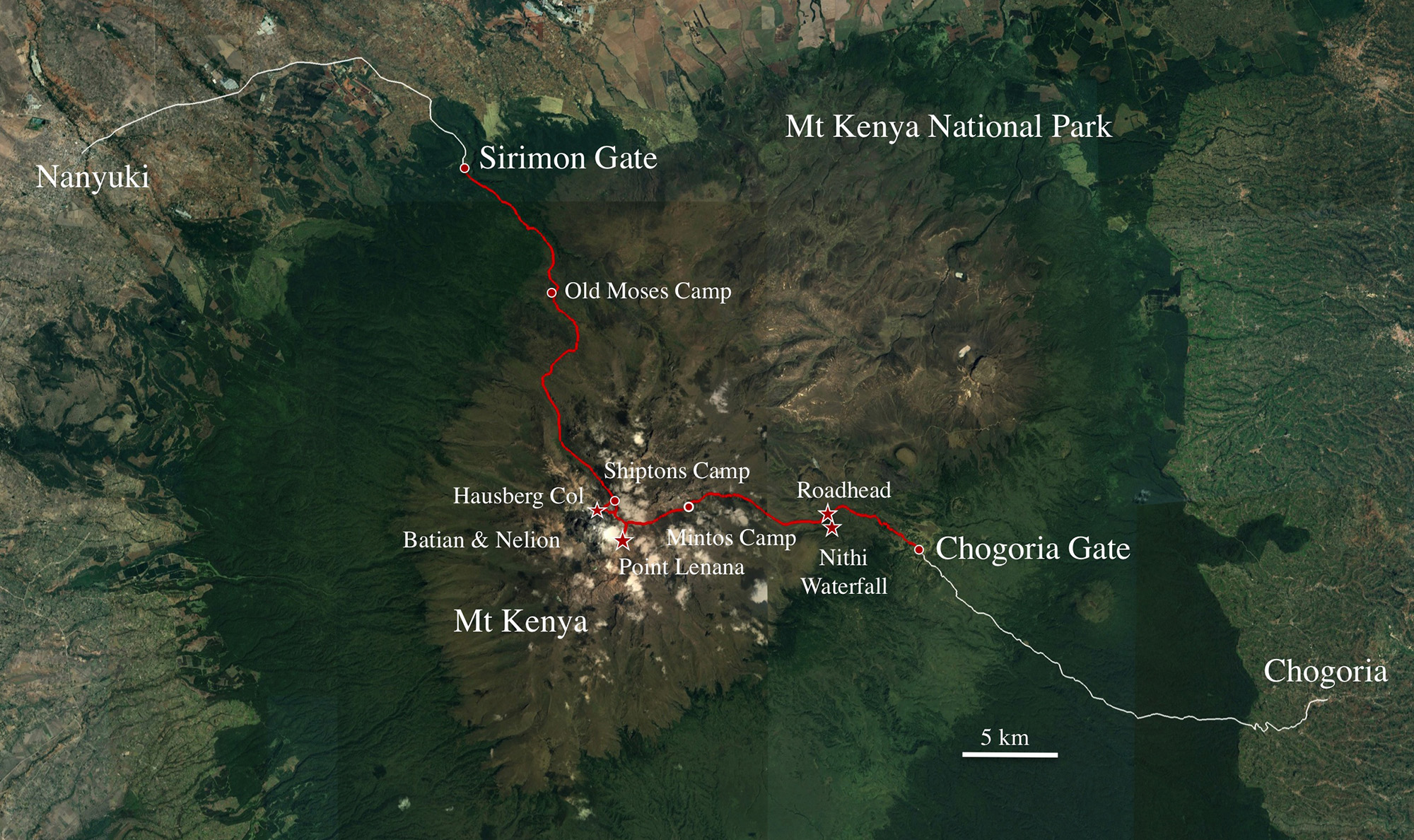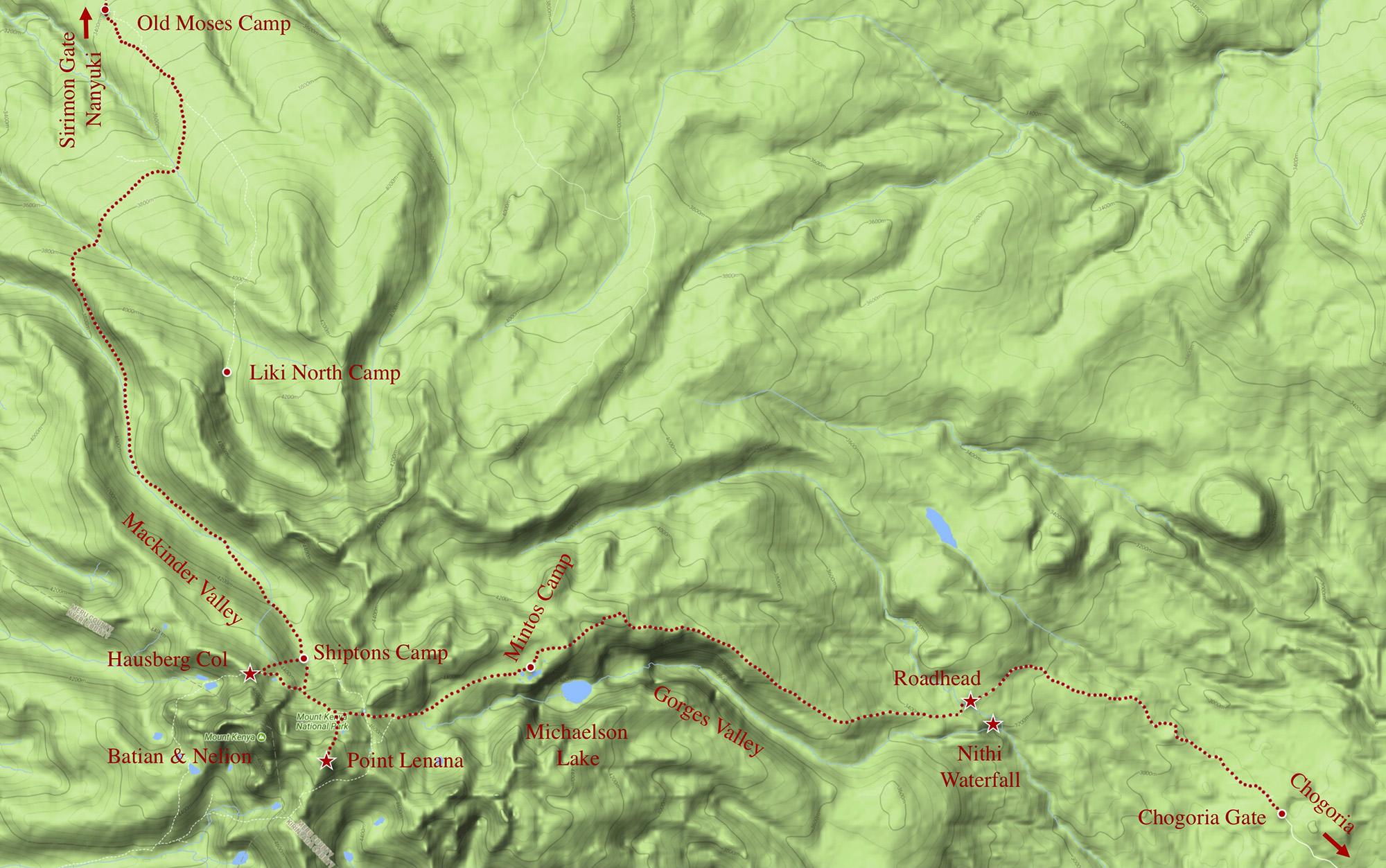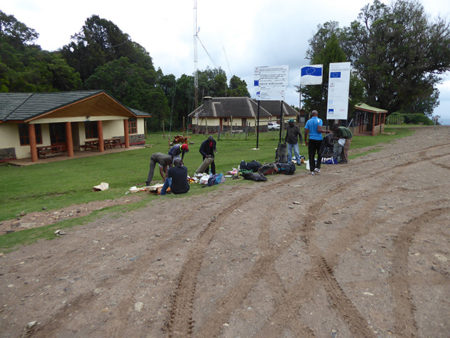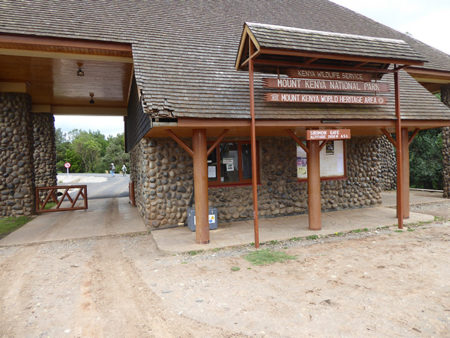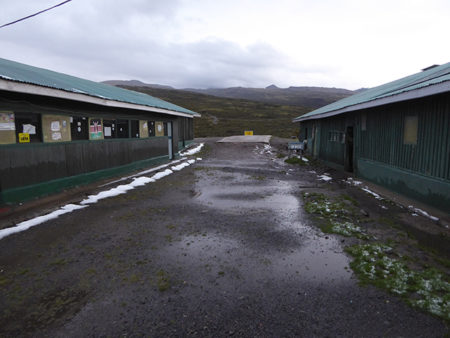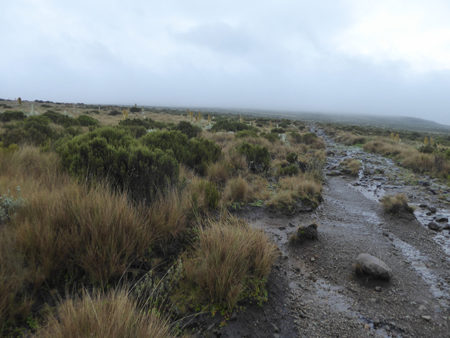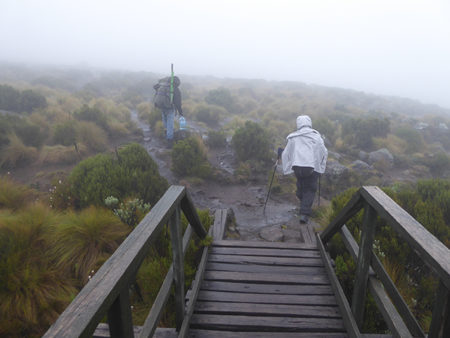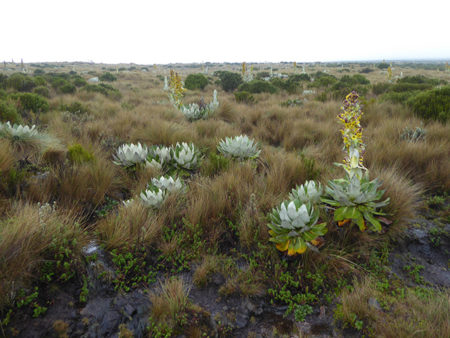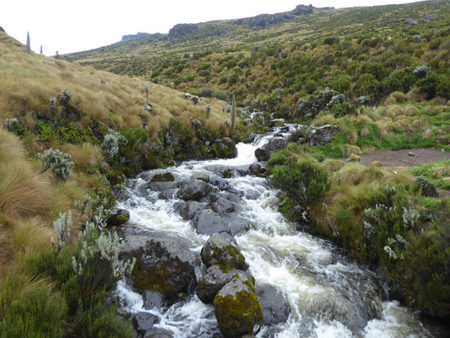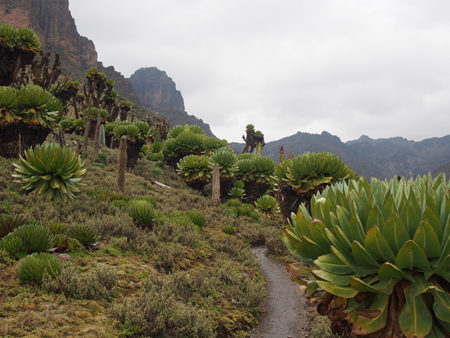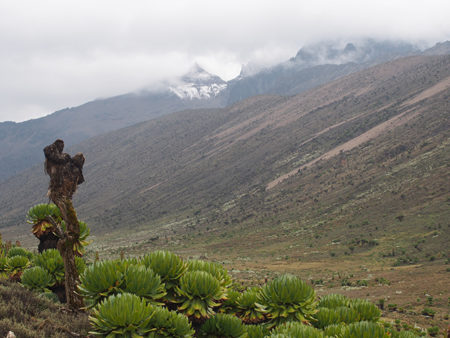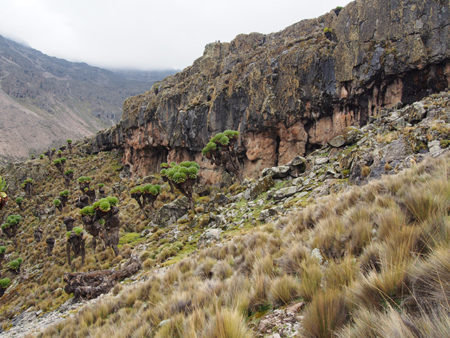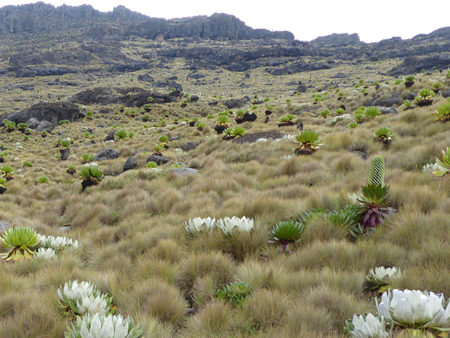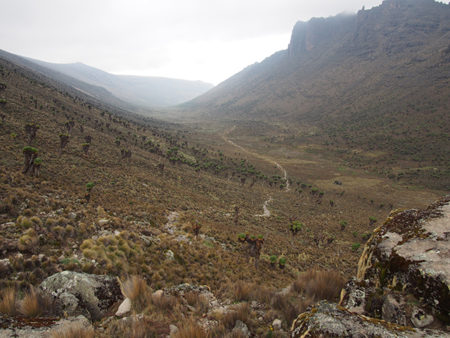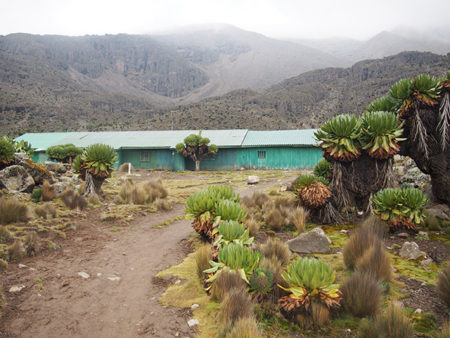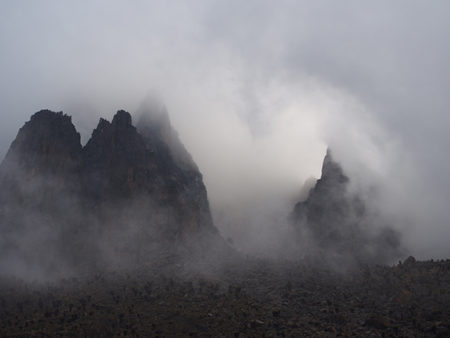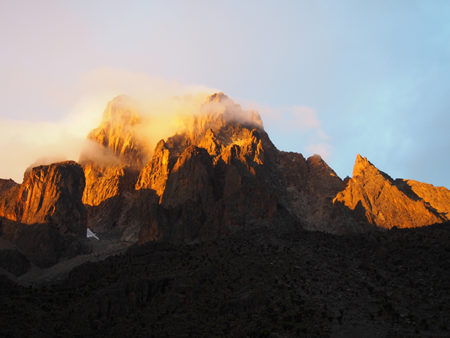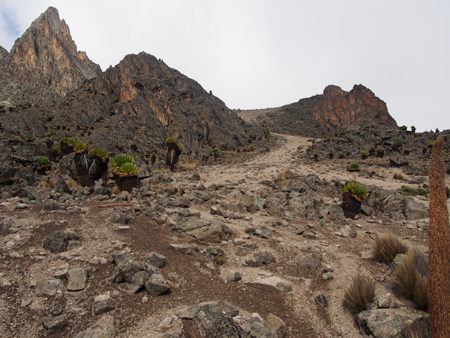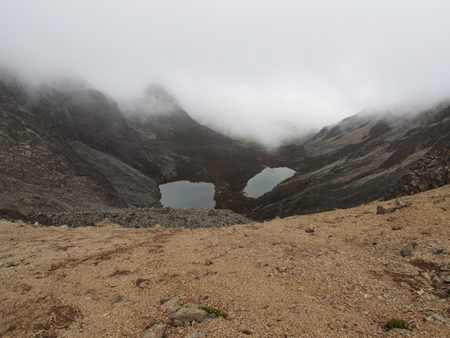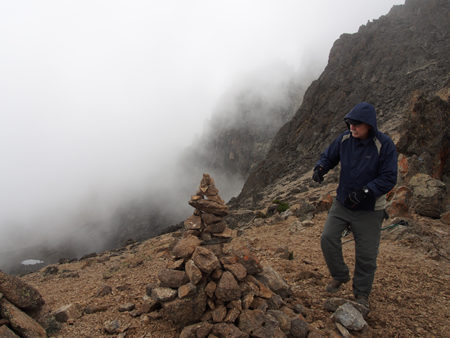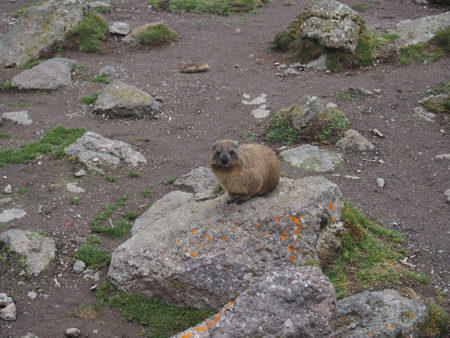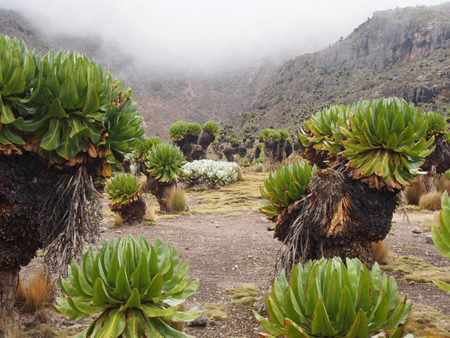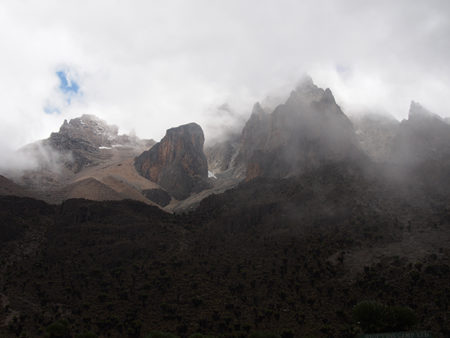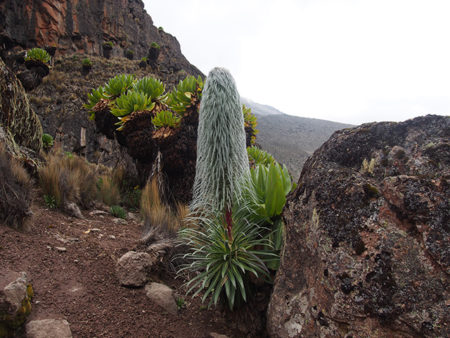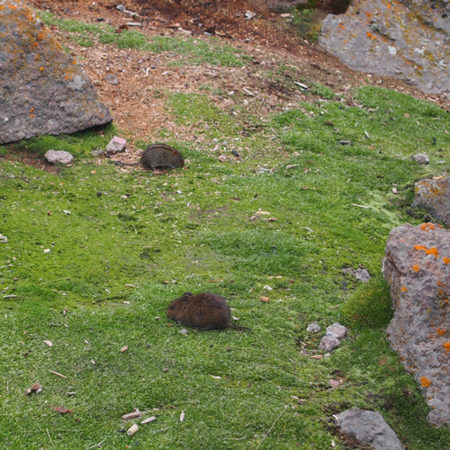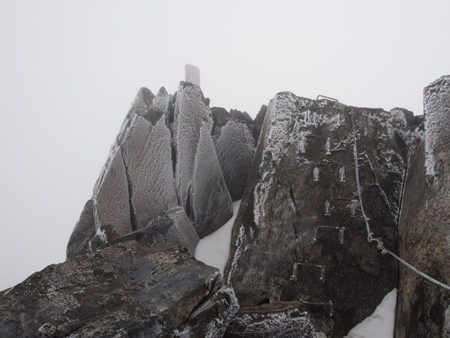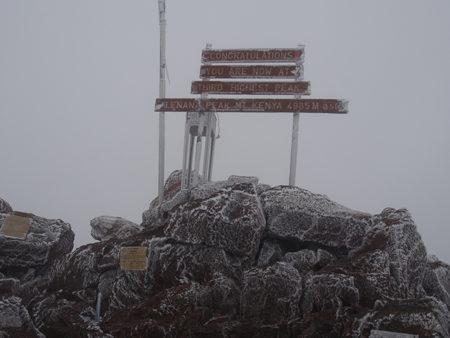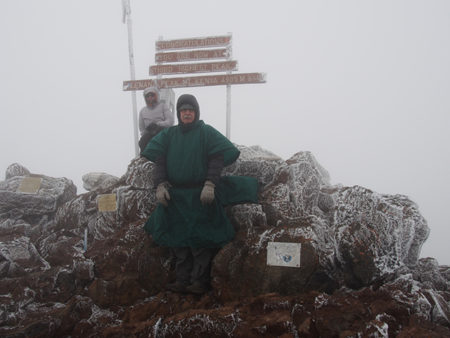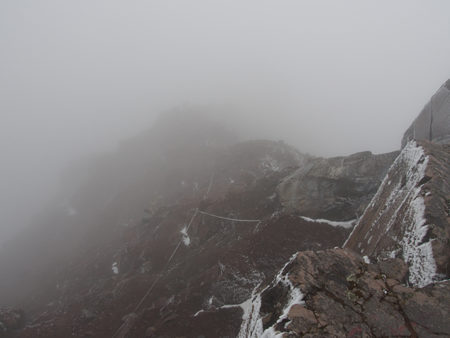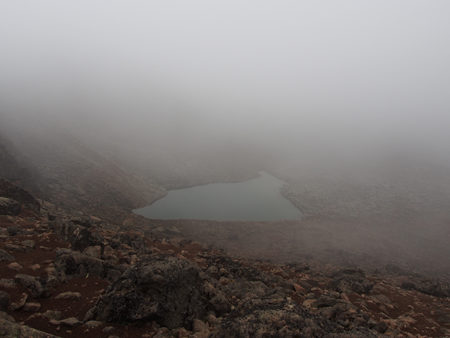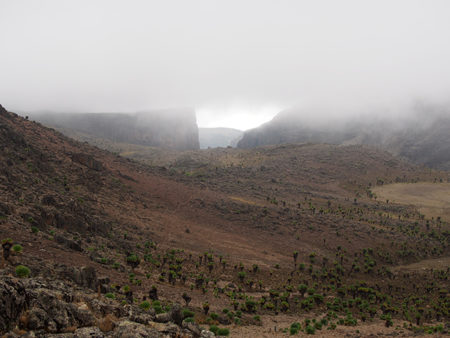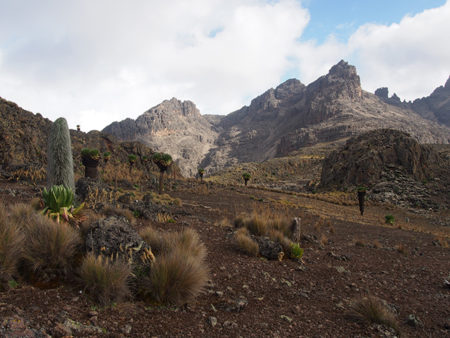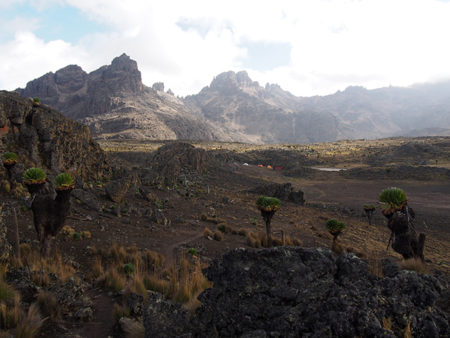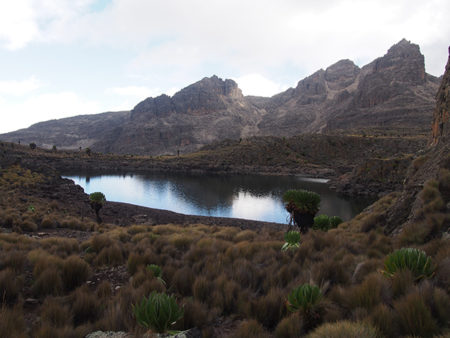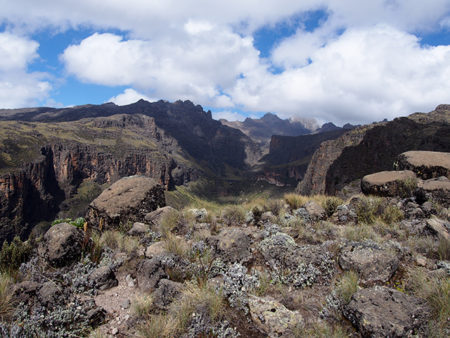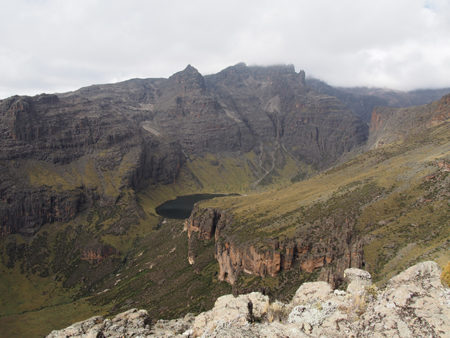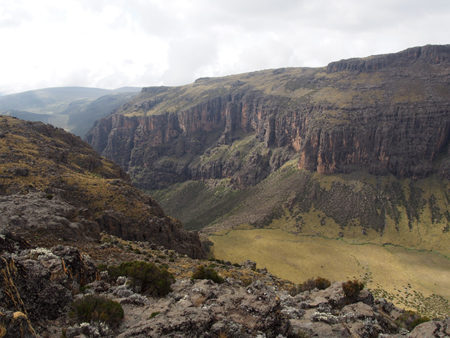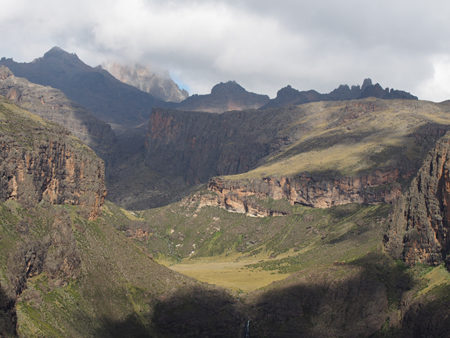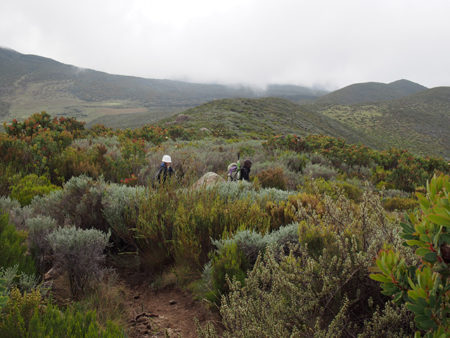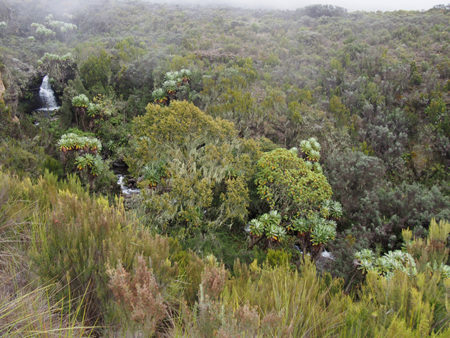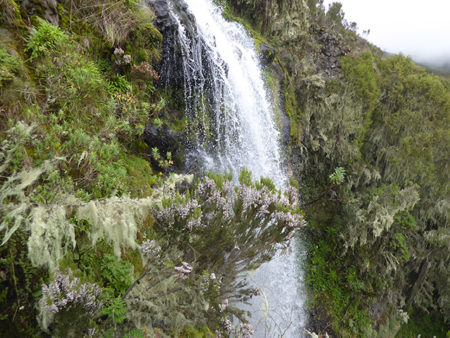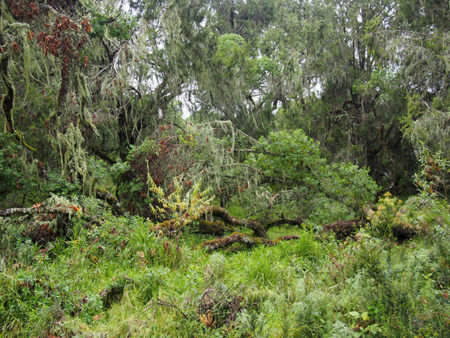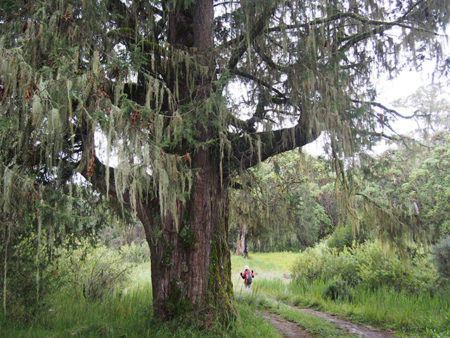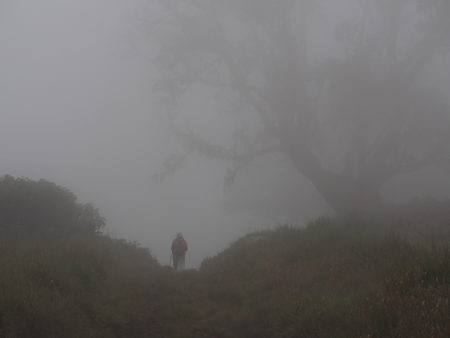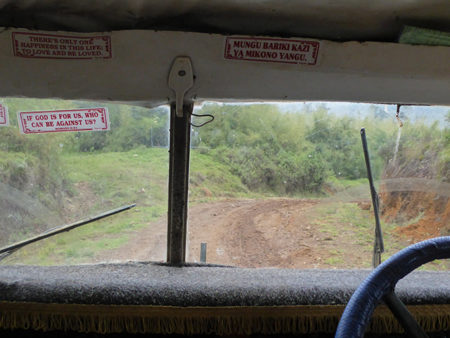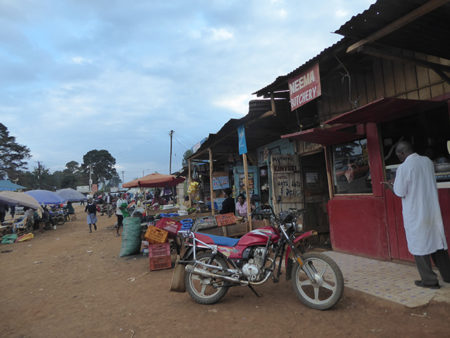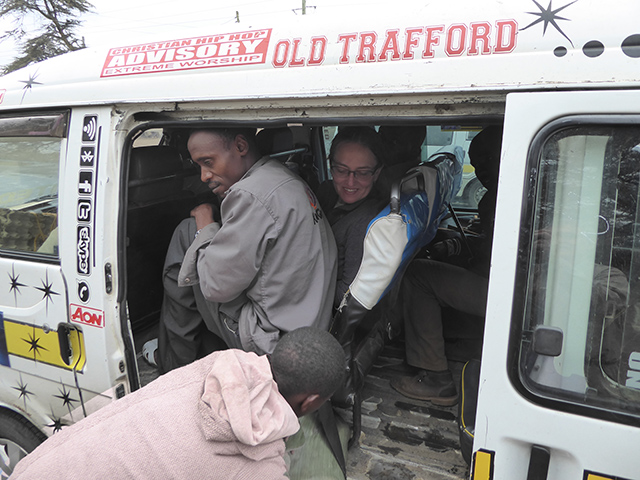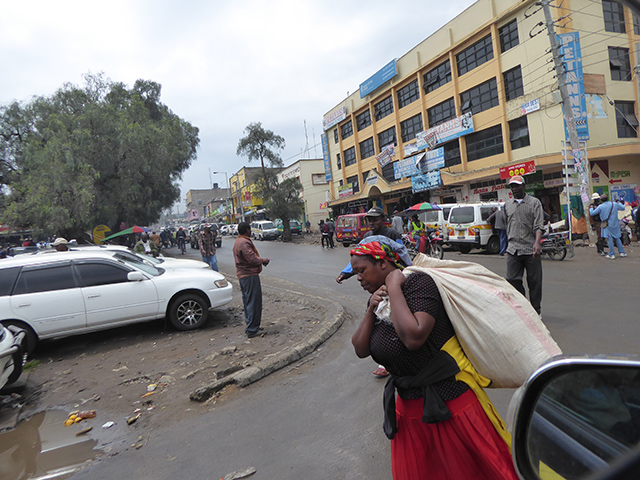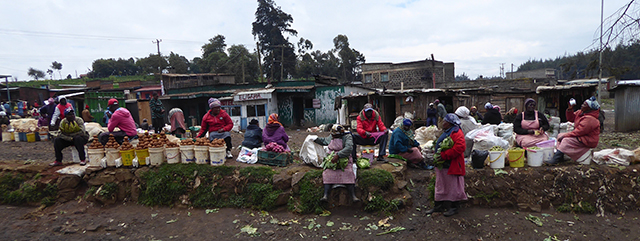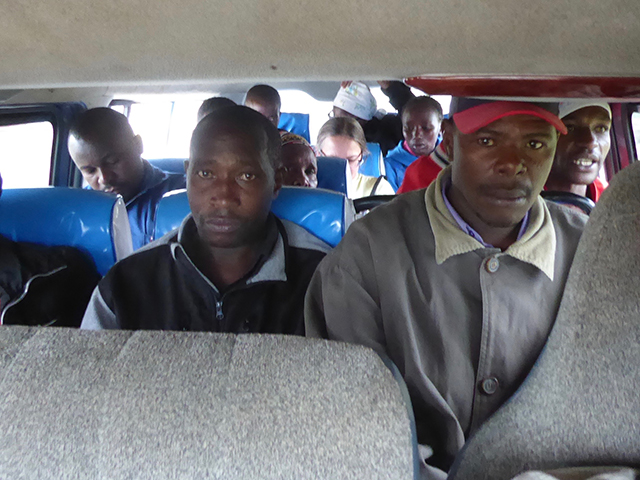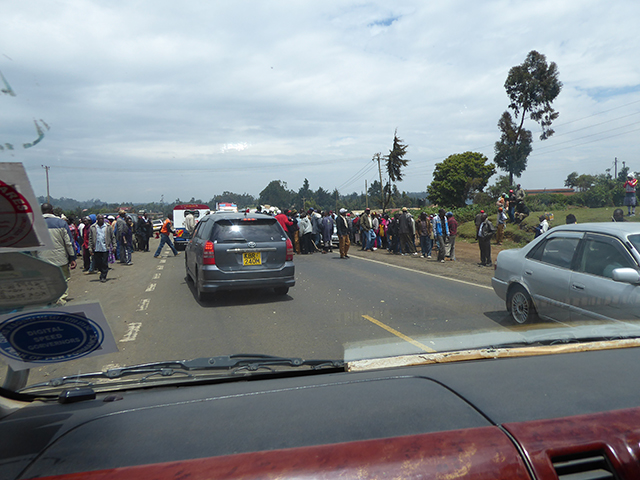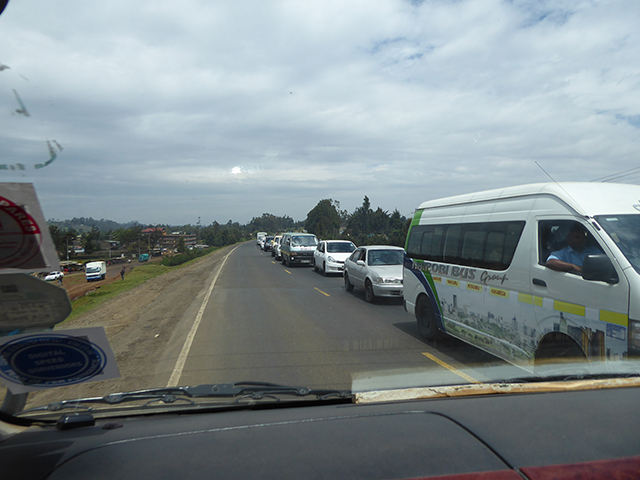We spent one night in Chogoria after our Mt Kenya trek. We were a bit of an attraction in this small town – surprisingly not too many tourists stay there. Then we drove through the hills and plantations, stopped at roadside market to buy fresh fruits and veggies for two days in Meru NP. We passed interesting villages, banana and khat (local stimulant legal in Kenya) trade centers. We stayed at park-managed self-catering Murera cottages just inside the park near the river. Very comfortable and pleasant. We were the only tourists there and, as far as we can tell, in the entire park. We had very good driver-guide and excellent cook for this part of our trip with Mount Kenya Climbing Expeditions (recommended). We made all the arrangements by e-mail from Chicago, followed by short briefing in Nairobi. Good communication before and during the trip was key to making it successful. All people were very friendly, open to suggestions and requests.
 More on our tour operator Mount Kenya Climbing Expeditions
More on our tour operator Mount Kenya Climbing Expeditions
We were very happy with everything on our Sirimon-Chogoria trekking part of the trip, except for inflatable sleeping mats – we took 3 and all of them had holes. The porters tried to fixed them, but it didn’t work. Luckily it meant only one night on three deflated sleeping mats for one of us. We were quite upset about it at the time and urged the company to use a different more reliable source of rental equipment in the future. The guide should also check all the equipment carefully before the hike. There was no way we could do it ourselves. The tent was very good and warm, but someone had to bring it while we were already hiking because it was forgotten. Because of the rain, we slept in the tent (on deflated mats) only one night.
We really appreciated the flexibility of being able to change the itinerary on the run. Our guide was able to communicate by phone and make all the changes/arrangements. We wanted to ascend slower, but because of a downpour on day one, soaked the ground and us, it was not practical. We skipped an intermediate camp (Liki North, not the best spot to tent in wet weather we were told) and went to a higher elevation already on day two to sleep in a hut (Shiptons). The following day our crew was reluctant to stay at a higher camp (Upper Simba Tarn, 4,600 masl) closer to the Lenana summit, our first choice, but considering the bad mats (we didn’t know it yet at the time) and cold, dump weather it was good we didn’t stay there. We made it to the summit (in clouds) from Shipton’s, no problem. The guide, cook and porters were all very good and well organized, the food was good, warm and plentiful (although mostly fried) with fresh fruits etc – amazing on the mountain. Everything was on time and the guid adjusted hiking tempo to our abilities and frequent photo stops. He knew well what he was doing. The hike itself, landscape and nature, is of course exceptional. We met no other hikers on the trail, just a few other parties at camp sites.
The Meru trip was also good. We appreciated the driver/guide and cook coming to Chogoria the night before to start the second part of the trip earlier in the morning the next day. Another good adjustment on the go to make good use of our time after we made it to Chogoria earlier than planned. They were both very good and the cook followed our request to avoid fried food. He made delicious stews etc – probably the best food on our entire Kenya trip (better than in lodges in other parks). We liked the cottages ( Murera Bandas near the park entrance) very much, although it would probably be better to stay deeper in the park (Kinna Cottages), closer to the areas with more animals. There was no hot water in the shower, but it was not big deal as it was hot in Meru. Our room was large and comfortable. The porch at our cabin was our kitchen and dinning room with nice view at dense vegetation along the nearby river, visited all the time by monkeys and birds, and buffalos passing by within feet from our windows one night. Very relaxing rest time between safaris. There were no other visitors staying at the bandas. The safari van was well prepared and we drove to different corners of the park. There are fewer animals in Meru and they seem to be more shy than in other parks, but no tourists at all. It’s a pity people don’t come there. The early morning drive (before breakfast) on the last day was the best. Our crew made a good run to find us a family of elephants to keep their promise. We made it back to Nairobi safely.
We really appreciate the flexibility and everybody’s efforts to make us happy – we had very good time.
Vervet monkeys, baboons and birds were visiting us at meal times, and buffalo herd passed right under our windows at night. I expected lush jungle-like vegetation in Meru, however most of the park was dry, crisscrossed by many rivers and streams with palms and other trees (including baobabs) along them. The first afternoon we visited rhino sanctuary. There was construction of rangers/park headquarters going on and therefore no animals in that corner of the park, but we found 4 white rhinos in a swamp at the end of the drive. Next day we had morning and afternoon drives. Animals in Meru are similar as in Samburu: oryx, ostrich, kudu, reticulated giraffe, and zebra, but they are more shy because they are not yet so used to cars and people. Adult giraffes check traffic before crossing the road.
Giraffe family crossing the road, Meru
Very few tourist visit this park – it was great to have it all to ourselves, but a pity that people don’t go there. It’s very nice, relaxed park with beautiful landscapes, surrounded by picturesque mountains and hills. Finally, we had early morning drive (before breakfast) on last day and it was great. Sky was dramatic with dark clouds. We visited hippo pool and wetlands, and found large family of elephants with 5 day-old baby suckling milk and big sister on duty not sure if she should charge our car – in the end she decided it was OK since mother was very calm. Although animals are more difficult to find in Meru, it was nice and relaxing end to our safaris.
Buffalo, Meru
Giraffe family, Meru
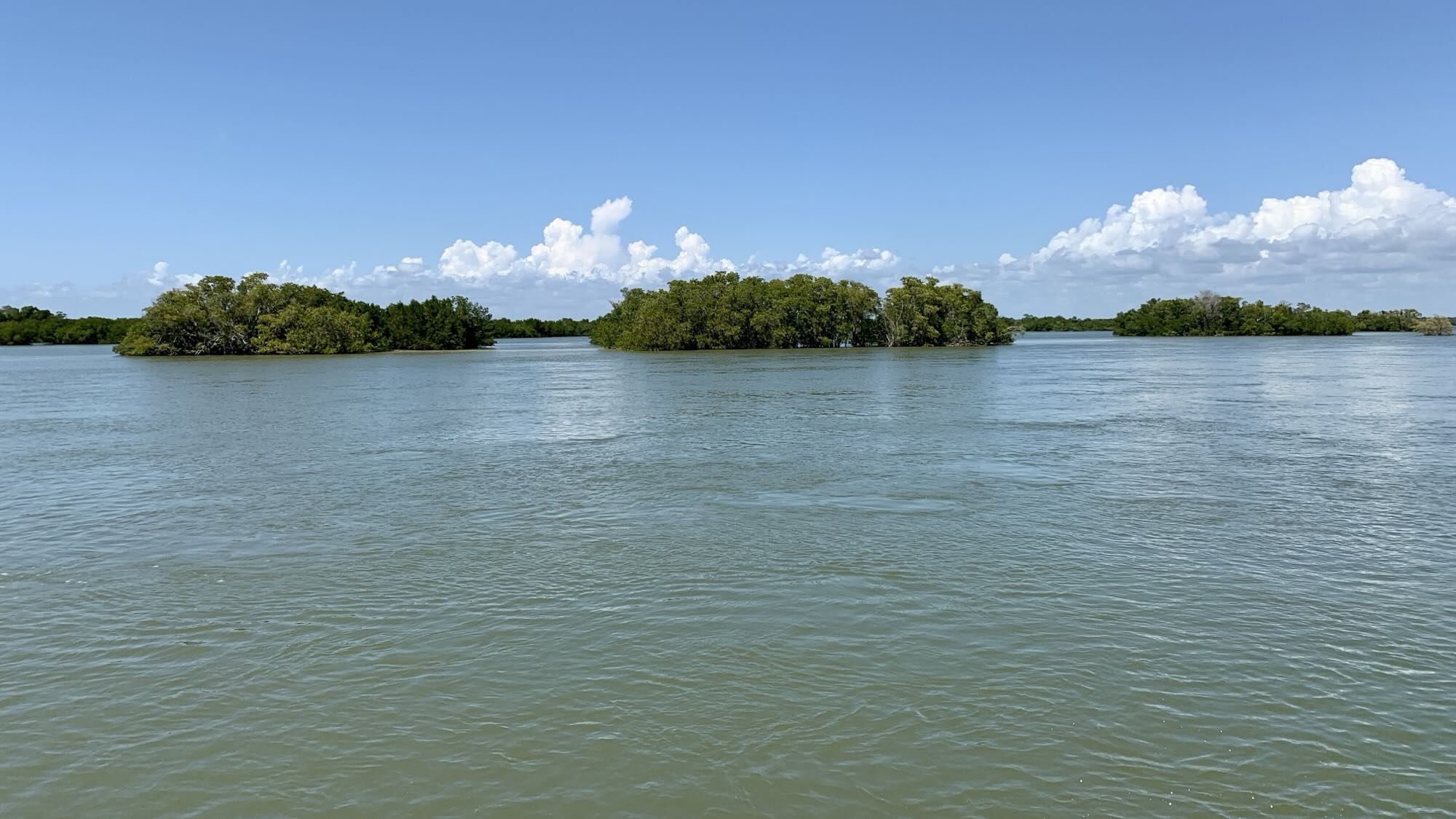
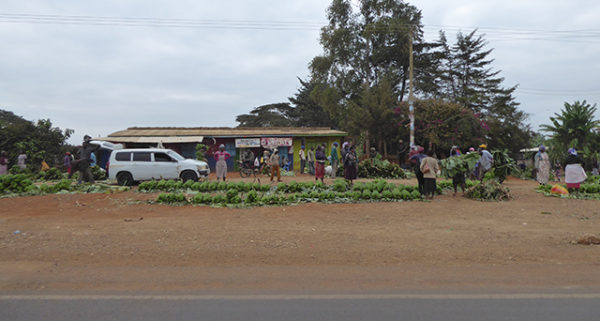
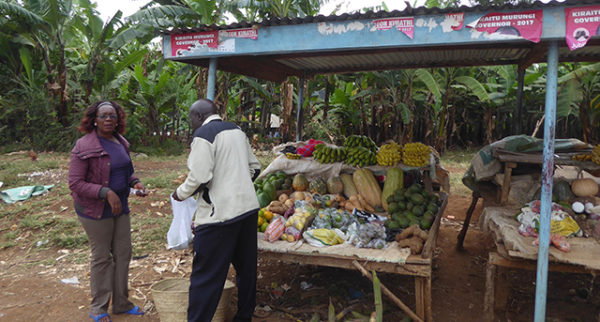
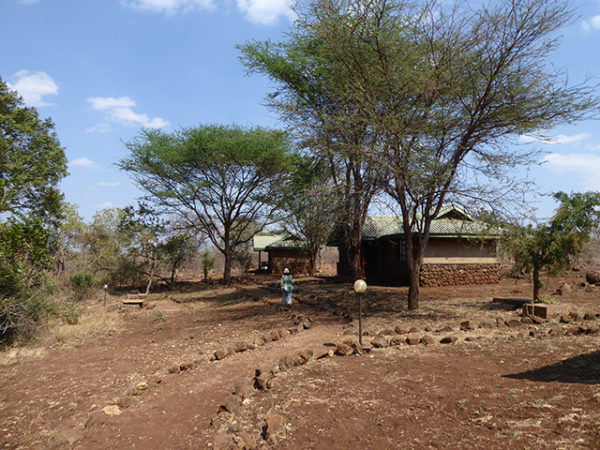
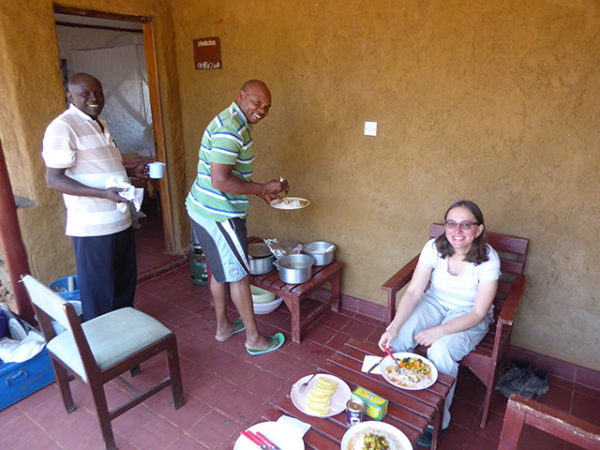
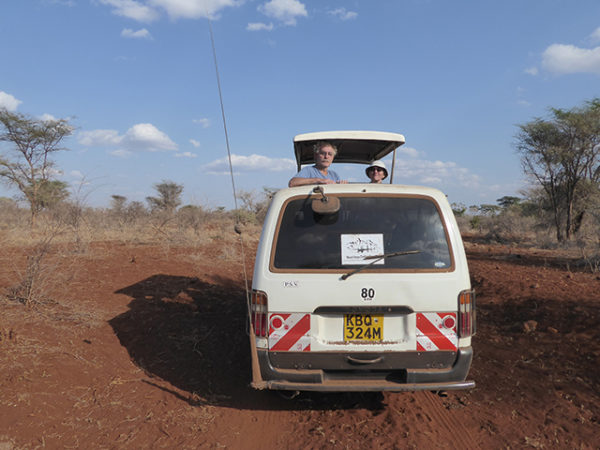
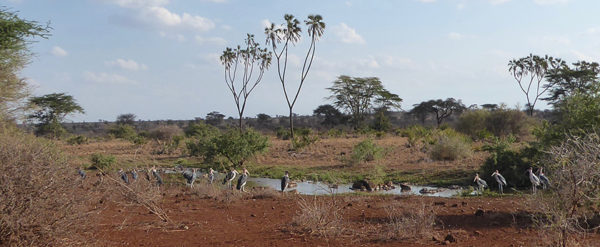
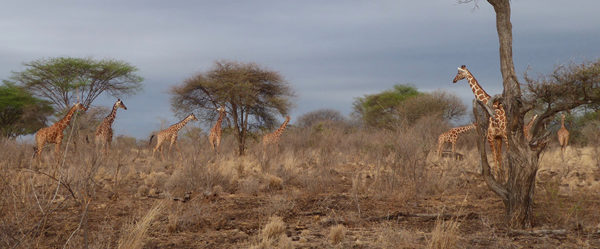
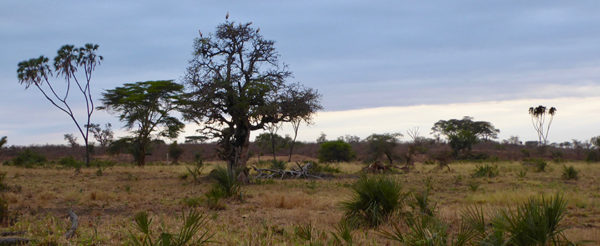
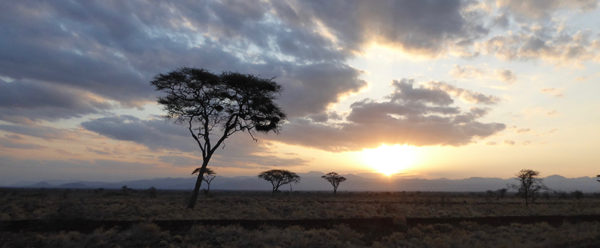
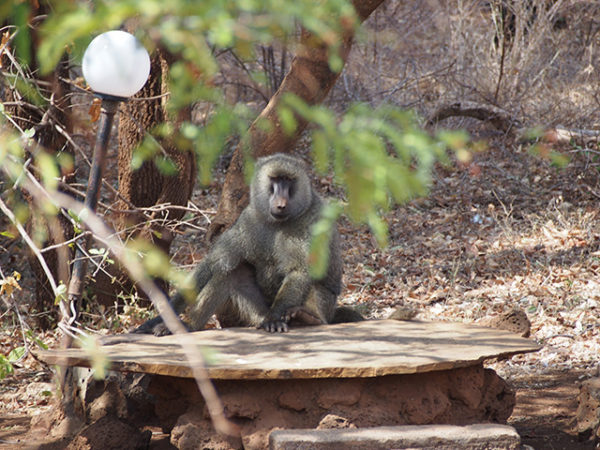
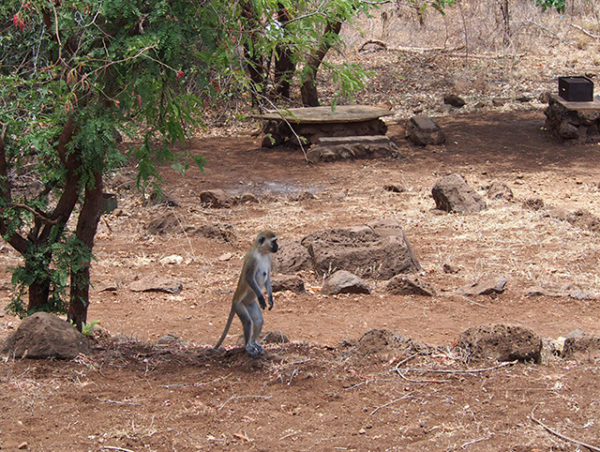
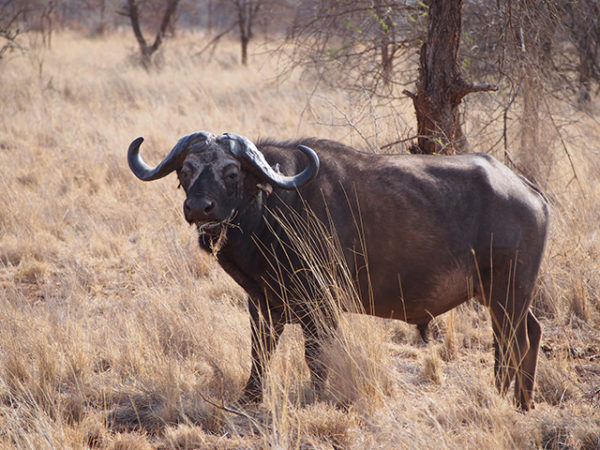
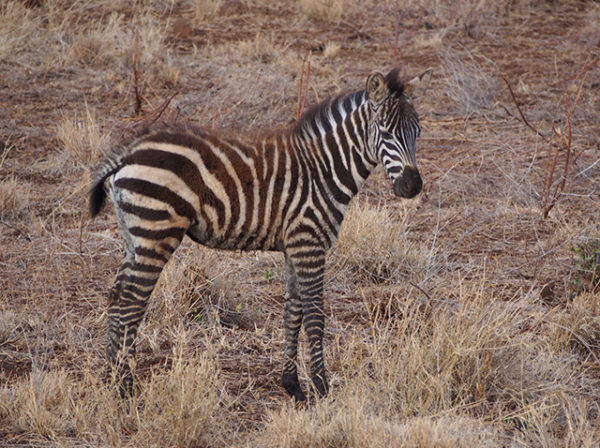
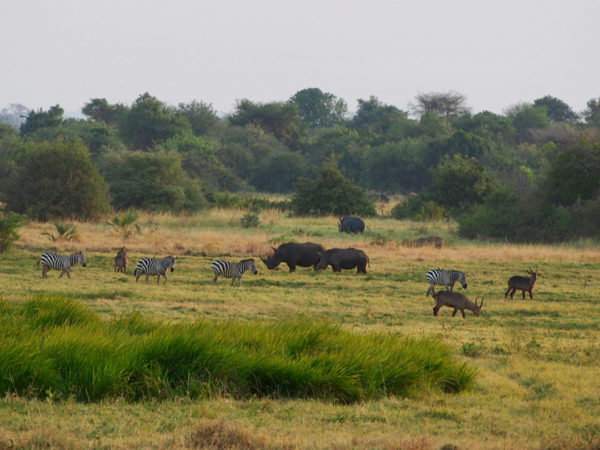
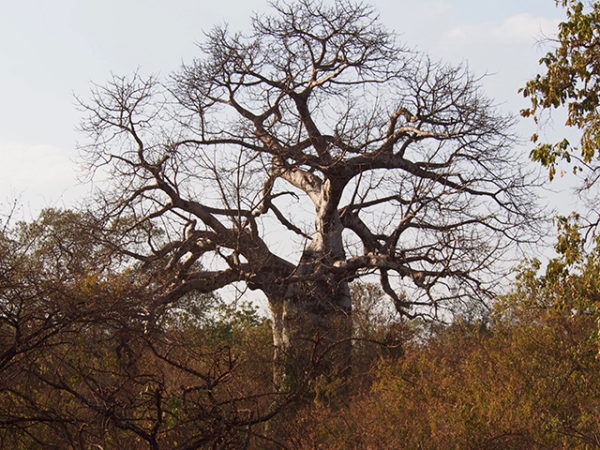
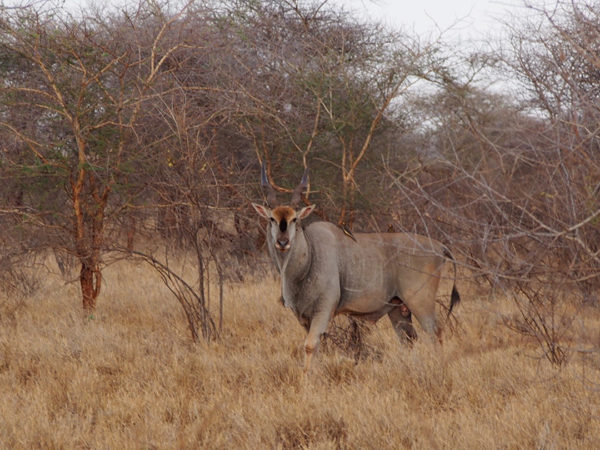
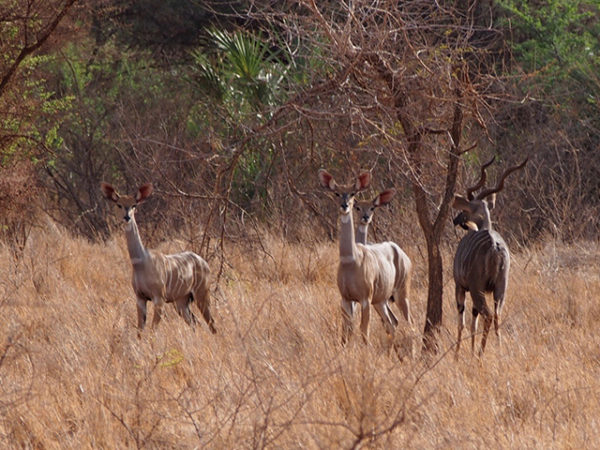
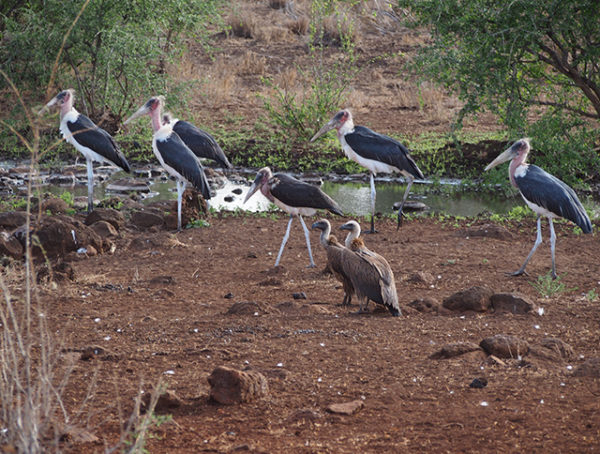
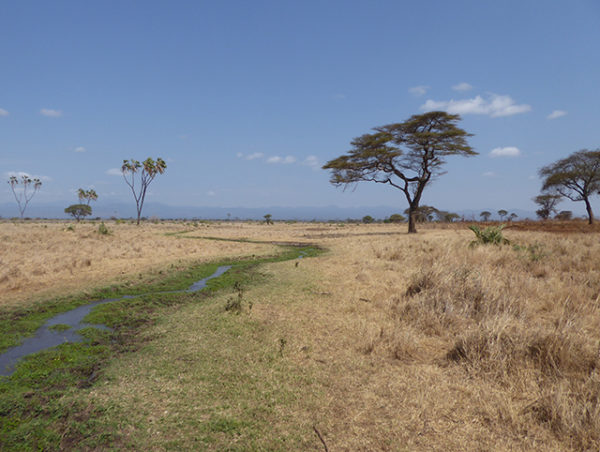
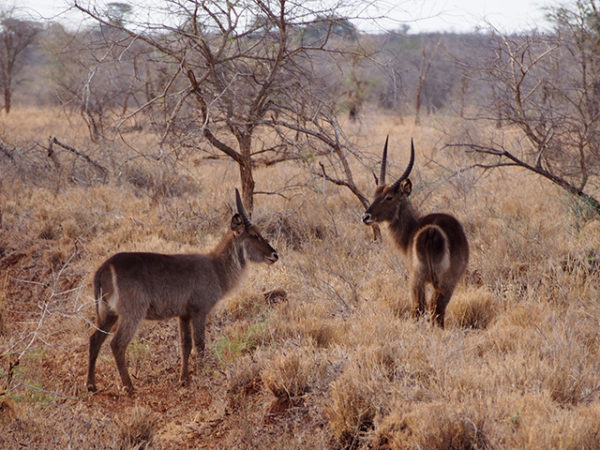

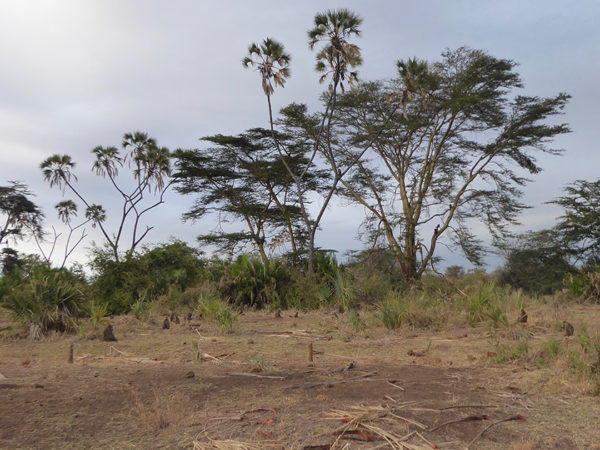
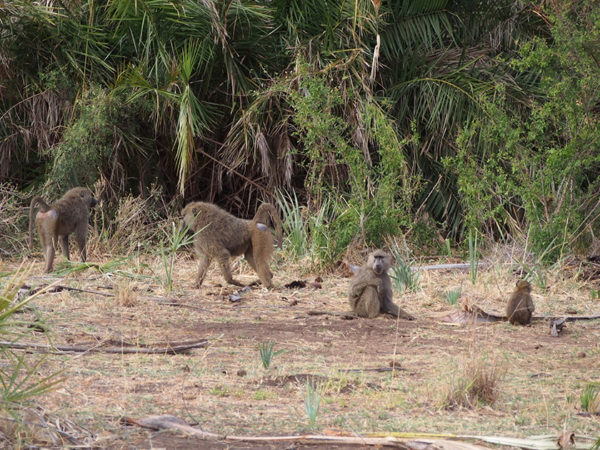
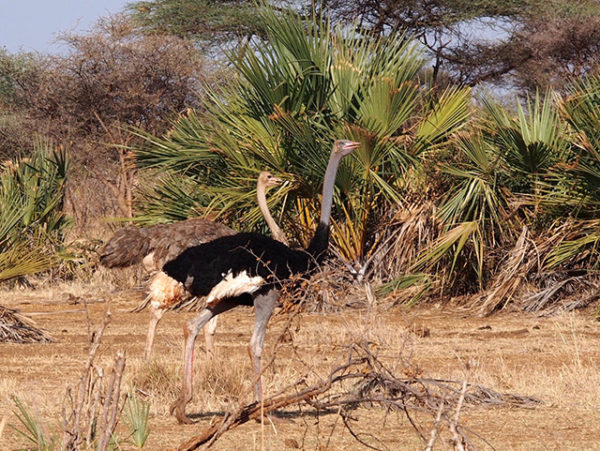
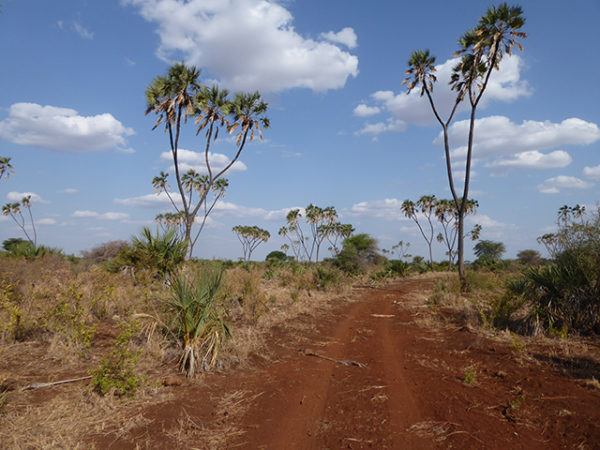
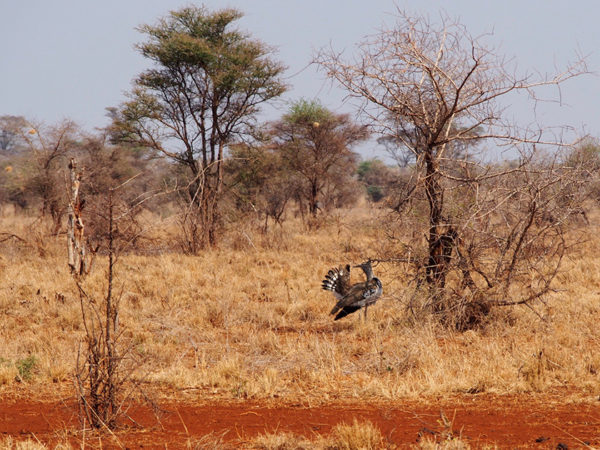
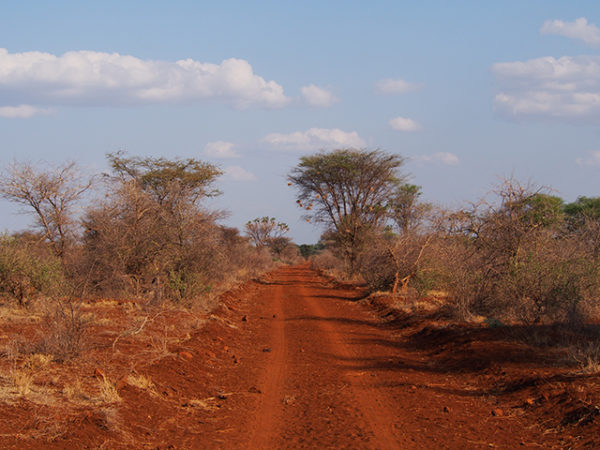
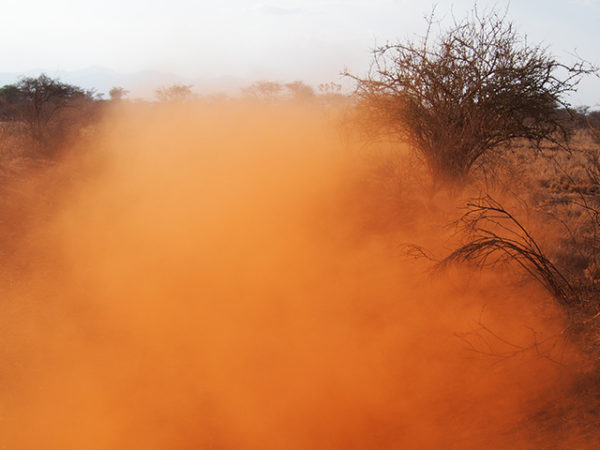
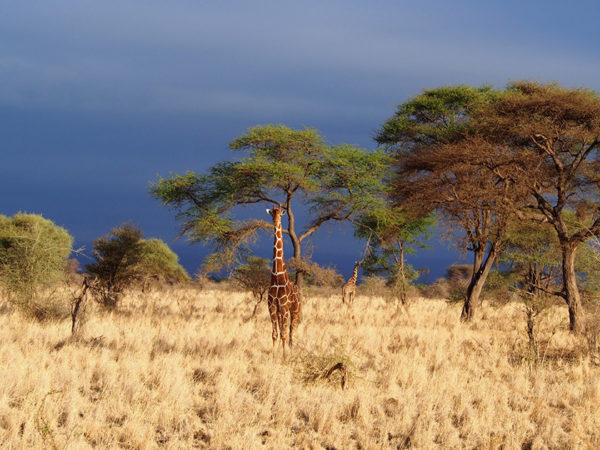
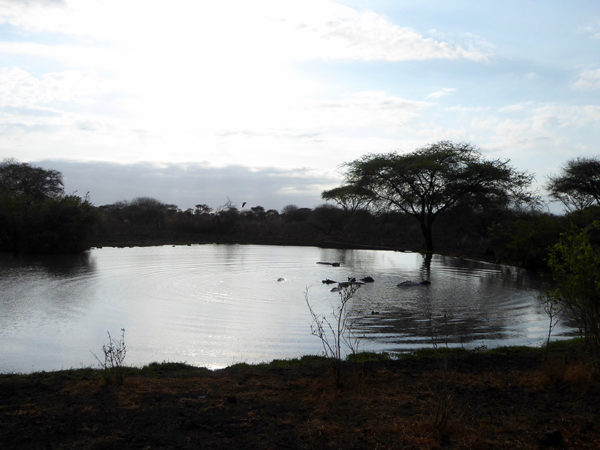
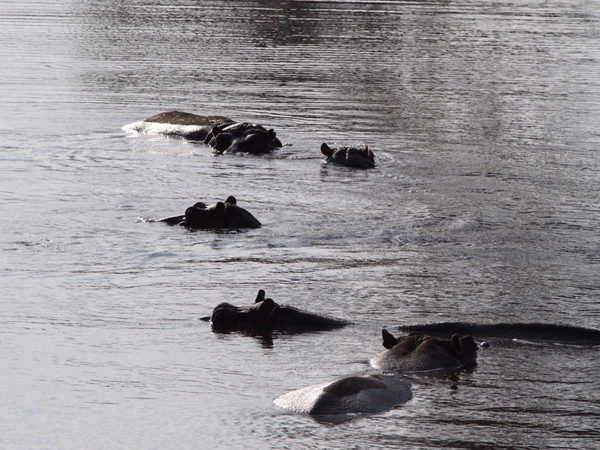
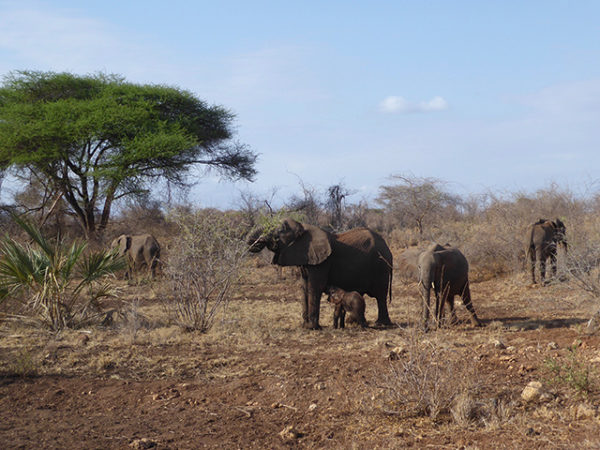
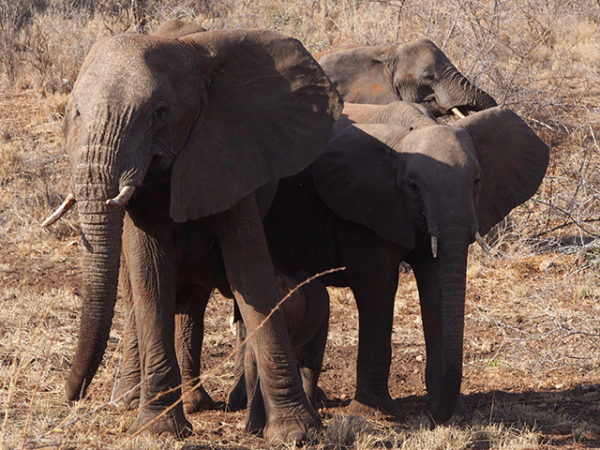
 Mt Kenya Sirimon-Chogoria route
Mt Kenya Sirimon-Chogoria route Mt Kenya trail profile (Google Earth Pro)
Mt Kenya trail profile (Google Earth Pro) 